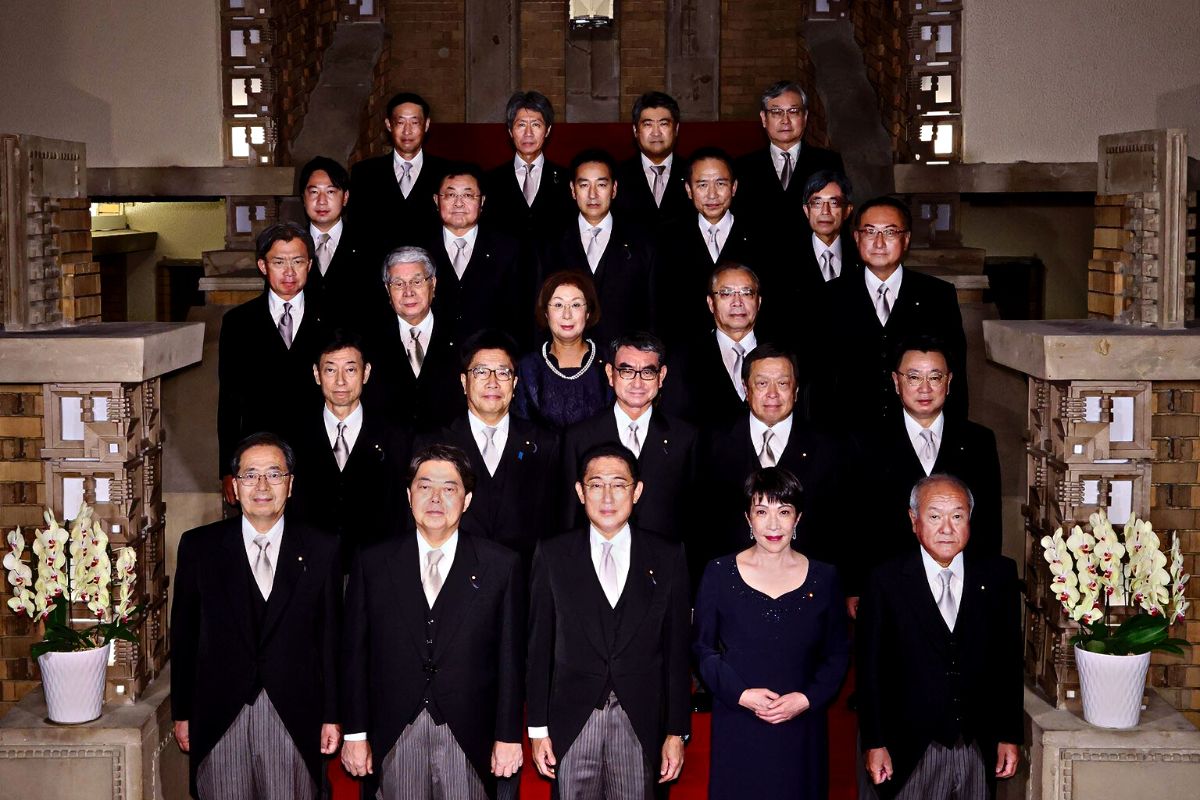Prime Minister of Japan Fumio Kishida undertook a major reshuffle of his Cabinet on 10 August. As this was unscheduled and was seen as untimely, the public saw this as inward-looking as Kishida wanted to satisfy all factions within the ruling Liberal Democratic Party (LDP). As the killer of Shinzo Abe was alleged to have targeted the former Prime Minister because he suspected he had links with the Unification Church to which the former’s mother made a lot of donations, leading to their financial ruin, Kishida replaced almost all Cabinet ministers with known ties to the Unification Church. There were exceptions, however. By reorganising the Cabinet, Kishida expects support from all factions within the ruling LDP. Despite Abe’s assassination, his faction remains the largest in the party. Kishida ensured that key members from this faction who were not seen to be close him were roped into the reshuffled Cabinet. By this exercise, Kishida intends to push through the policy agenda of his administration. Kishida’s intentions could be noble and well intentioned, but a reshuffle might not be the ideal way to address key policy challenges faced by the administration.
The biggest question that is feared shall continue to remain is the deeply entrenched relationship between politicians and the Unification Church, formally known as the Family Federation for World Peace and Unification. Japan lost a colossus because the assassin suspected Abe’s complicity with the Church that was responsible for his family’s financial ruin. Getting rid of this from Japanese society is no easy task for Kishida. But this is not the only challenge confronting the administration. Other issues demanding solution are how to arrest the seventh wave of the Covid-19 pandemic as cases continue to surge, rising consumer prices, the falling yen, Russia’s special military operation, mounting tensions in the Taiwan Strait, and sharply divided public opinion over Kishida’s decision to hold a state funeral for Abe, killed on 8 July. So, Kishida’s challenges to fulfil political responsibilities are on both domestic and diplomatic fronts. The primary goal would always be to protect the people’s lives and livelihoods by addressing challenges.
Advertisement
The advantages on Kishida’s side are he has a popular mandate with majority in both the Houses of the Diet but if he falters in his delivery, his popularity could plummet soon. In fact, the reshuffle exercise was expected in late August or early September, but Kishida sensed that his job approval ratings showed signs of decline in a series of public opinion polls and therefore to arrest this trend, Kishida decided to conduct the reshuffle exercise. In a bold move, Kishida dropped seven members who had admitted to having ties with the Unification Church, the only exception being Daishiro Yamagiwa who had admitted to having paid money to an organisation linked to the Church. Yamagiwa was retained as state minister for economic vitalization.
Interestingly, Kishida choose Katsunobu Kato as the new Health Minister and Minou Terada as internal affairs minister, despite rumours that both had made similar payments to the organisation linked to the Church. This demonstrates that Japanese politicians’ links with the Unification Church are deep and have emerged as a sort of disease in Japanese politics. Kishida might have tried to correct this, but this is a cancer for which no easy treatment may be available. Therefore, Kishida or for that matter any other political leader at the helm would find it tough to eradicate this menace with quick-fix measures. The reshuffle is just an attempt to correct this but not the final panacea. By the reshuffle move, Kishida has sent a subtle message to lawmakers to slowly dissociate themselves from the Unification Church or any organisation aligned to it. It is not a demarche but an indirect message.
Kishida dropped economy minister Koichi Hagiuda, defence minister Nobuo Kishi (Abe’s brother), and other ministers having links with the Unification Church. Now it is morally obligatory for them to explain to the people of the country their position and dealings with the group and wash off the stigma that has attached to them. Kishida’s larger agenda and responsibility would be to severe links that any LDP members may have with the controversial group. Among other important appointments, Kishida retained party heavyweights in most key posts, including Chief Cabinet Secretary Hirokazu Matsuno, LDP Vice President and party veteran Taro Aso, and LDP Secretary-General Toshimitsu Motegi. Kishida also appointed Hagiuda, Abe’s closest aide, as LDP policy chief.
Interestingly, the four top party posts are all occupied by men. The new Cabinet has only two women as members, a sad reflection of male-dominated ruling politicians’ attitude. Abe’s “Womenomics” was the sole exception but even that proved to be a half measure. The question that begs an answer is: Did or will Kishida succeed in securing unity within the party since his approach is seen as inward-looking or was it just an attempt not to alienate any faction of the LDP? The big question is whether the public getting increasingly critical of Kishida’s leadership, will agree to give him a long rope to decide the destiny of the country in designing policies both domestically and diplomatically which the people perceive as serving the interests of the people as well as the country.











